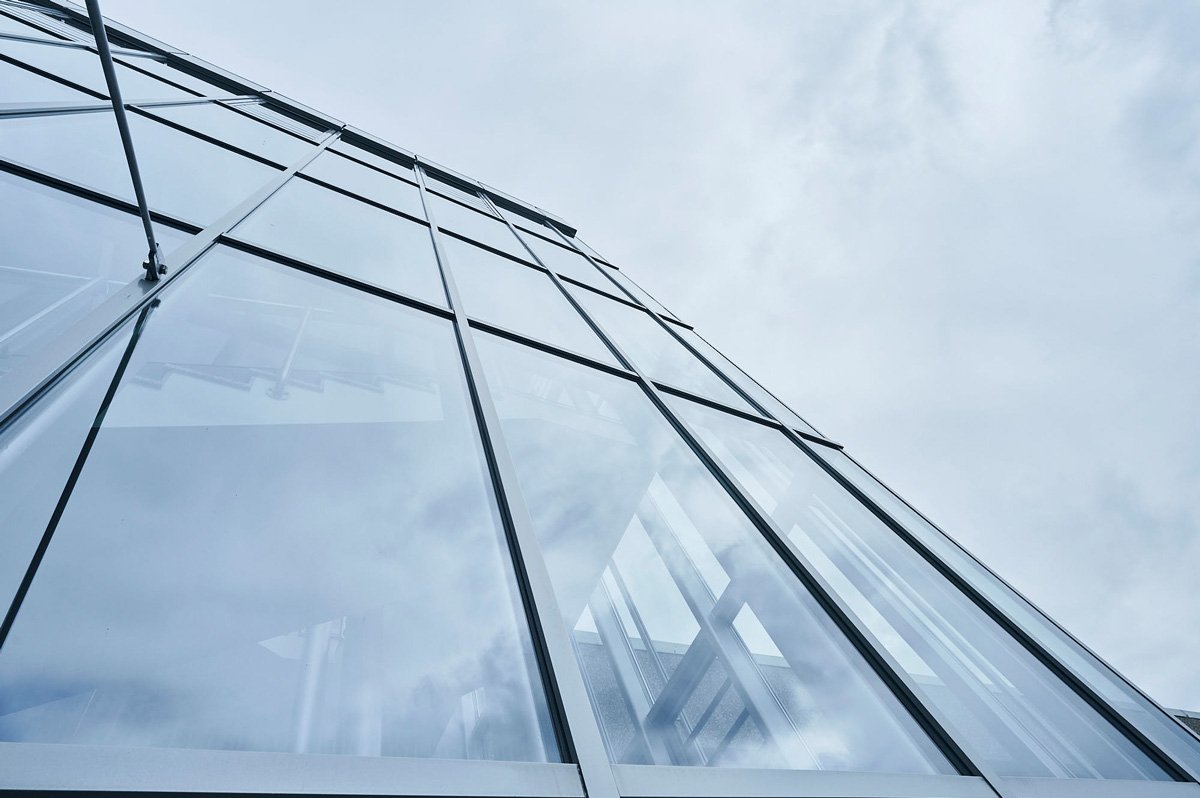Background
Radar PCBs are electronic circuits that can generate and receive high-frequency signals. The entire circuit generates a radar lobe that is transmitted by the antenna structure of the PCB, reflected by objects, and then received again by the antenna structure of the PCB.
There are normally two antennas on a radar PCB. They take the form of an etched copper structure in the pattern. One of these is the transmitter of radar waves and the other is the receiver. The generation of the waves and the evaluation of the reflected signal are performed by a high-frequency circuit. The entire function of the RF circuit is based on special base materials that can conduct and radiate this high-frequency radiation to the antennas with as little damping as possible. The evaluation of the RF signals is performed by a digital circuit which, in the case of modern radar sensors, is often located on the reverse side of the PCB. The front side contains the entire RF part of the circuit including the antenna structure.
Due to the higher frequency of the 77 GHz PCBs, the wave length is shorter than for 24 GHz PCBs. Because the wave length is around two-thirds smaller, the antenna structures and conductor geometries must be significantly smaller and the PCBs must be fabricated with considerably narrower tolerances. At the same time, Teflon-based base materials are often used. These are more difficult to process due to the hardness of the fillers and their significantly lower stability. Depending on the frequency band, RF systems also offer higher resolutions.

77 GHz PCBs are usually realised as asymmetric hybrid lay-ups with Teflon-based RF cores with a thickness of 5 mil (127 µm) on one side. As is the case for HDI PCBs, FR4 layers can be designed in different lay-ups (with blind vias, stacked vias, staggered vias, and buried vias).


